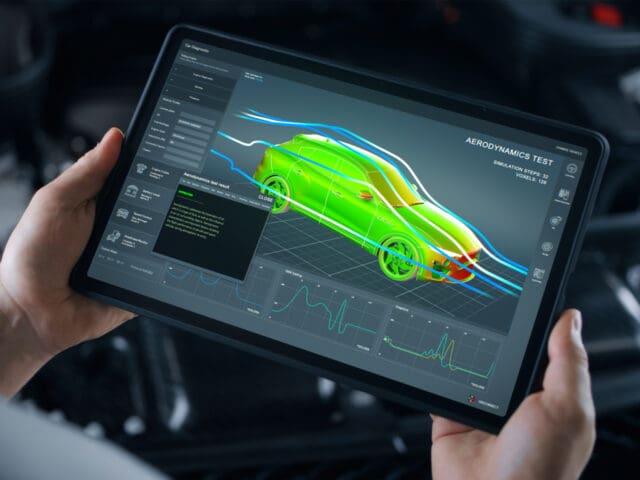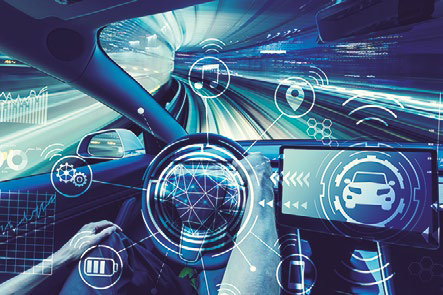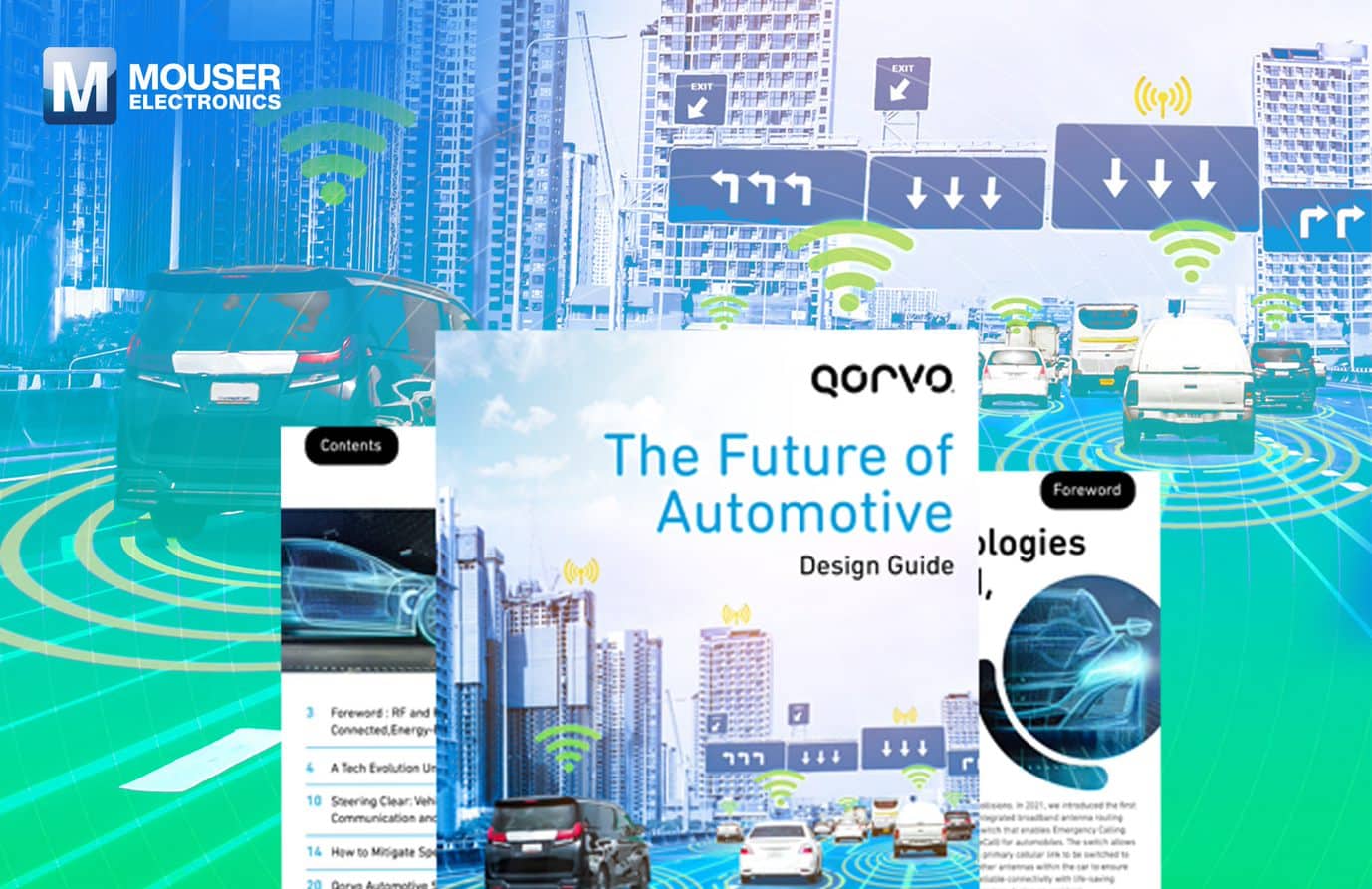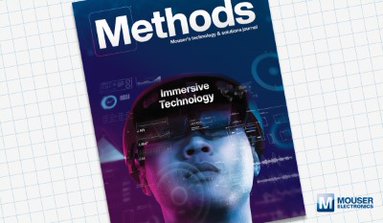By Matt Mielke, Applications Engineer, DigiKey
Technology is changing many things in our daily lives, including the way we get around. Vehicle electrification, autonomous vehicles and connected systems within cities are no longer distant dreams, these technologies and a more connected automotive ecosystem are more than ever a reality.
In the early 2000s, electronics accounted for less than 20% of the total cost of a vehicle, in 2020 it reached 40% and we expect that by 2030 electronics will account for approximately half the price of a new car. We also expect to see 300 million electric vehicles on the roads by 2030. Technology is advancing the transportation industry faster than many expected. Although we may not see flying cars like the Jetsons, the way we move around the city, how we are connected to the world around us and how we commute to work is undergoing a transformation that will continue for years to come.
How can we ensure we are prepared? How do private companies, cities and the people who build the infrastructure necessary to make this transformation become a reality come together? What technology is on the horizon? That's what our DigiKey team, along with our partners, is working to understand.
Build the infrastructure of the city of the future
It's no secret that there is a gap between demand for electric vehicles and the infrastructure, specifically available charging stations, that will make electric vehicles a realistic alternative to gas vehicles for many of us. In the United States there are approximately 130,000 public charging stations, but sales of electric vehicles continue to increase and are up 65% in 2022. The infrastructure to support these vehicles on the road has to catch up, but it is difficult to invest in what We hope it exists, but it doesn't exist yet.
Additionally, more cities are turning to solar and wind energy, but these energy sources are not as reliable or consistent as other types of electricity generation.
Vehicles of the future
Technology has improved the way we get around, the efficiency with which we do so, and the safety of our cars in many ways. I am excited about these advancements and how they are changing and improving transportation for all of us.
- Eliminating the need for a human controller: To maintain a competitive advantage, many companies are looking to driverless vehicles to reduce costs and increase efficiency. With autonomous capabilities, we will see materials transportation and ride-sharing services that operate without anyone in the driver's seat.
- Battery optimization: Similar to how AI learns your phone usage, patterns, and behaviors and charges it accordingly to better utilize the battery and increase battery life, I hope this will be possible with car batteries in the future. Batteries are expensive and a major factor in determining the lifespan of a car, and these advances will help keep electric vehicles on the road for longer.
- Predictive Maintenance: It is the ability to estimate, or predict, when maintenance should be performed on a vehicle. There are already sensors in cars and trucks, and I think we will continue to see more and more, monitoring the different parts of a vehicle, such as the engine, brakes and any other moving components. If problems can be detected early and repaired, more costly and often lengthy catastrophic failures are avoided.
- Cabin assistance: Technologies used on the outside of vehicles for environmental perception, such as computer vision and millimeter wave radar sensors, can also be used inside the cabin to monitor heart rate, breathing rate, movements of the the driver's head and eyes, etc., in order to determine whether the driver is tired or unable to drive a vehicle safely.
- IoT and automobiles: When you take your car to the mechanic, they can connect to your car through your phone and get a full report of what's going on before you open the hood. They will be able to start diagnosing problems more quickly and efficiently.
connected vehicles
Allowing vehicles to communicate with each other on the road opens the door to new levels of cooperation. For example, by using connected technology, companies will be able to create much more efficient convoys. Trucks that can closely follow each other on a pre-established route, with a predetermined schedule that takes traffic into account, will save fuel, reduce air resistance and improve delivery times.
Additionally, vehicles can share real-time information about traffic and road conditions with other nearby vehicles. If a car traveling on the road encounters heavy traffic or emergency vehicles, that information can be communicated to vehicles driving behind it or within the area, giving them the opportunity to find a new route. This also applies to common driving hazards such as deer on the road, ice patches, etc., which not only improves efficiency but also safety.
A fully connected automotive ecosystem
The possibility of vehicles connecting not only with each other, but also with mobile devices and smart ecosystems (smart cities, smart infrastructure, etc.) is an exciting prospect. Instead of relying solely on machine vision systems to perceive their surroundings, key objects within communication range can provide information to reduce computational load and increase confidence in what the vehicle "sees." These objects could include smartphones to identify pedestrians, traffic lights to manage traffic flow at intersections, and traffic signs to enforce traffic laws.
Additionally, smart infrastructure has the potential to speed up the navigation of autonomous vehicles from point A to point B. Beacons placed along highways and streets can transmit location data for vehicles to use when GPS signals are weak. or be lost completely (for example, when driving through tunnels or between tall buildings). Smart parking meters can charge vehicle owners directly based on how long they have occupied the space. Streetlights can increase their brightness when vehicles approach them to increase visibility and decrease it the rest of the time, to save energy. The possibilities are truly endless.
Take security into account
While it's an exciting time to explore connected vehicles and the future of how we get around, there are still obstacles to overcome and considerations to take into account. While vehicle connectivity can simplify much of the autonomous transportation functions of the future, a huge amount of data is needed to make it all work together. This introduces the complex problem of managing and making sense of such data to effectively use the information.
Additionally, it is more important than ever to establish security measures to ensure that data does not fall into the wrong hands. We need to ensure that hackers cannot take control of cars or other smart devices, such as streetlights. Fortunately, microcontrollers and microprocessors increasingly offer hardware security features, making secure communications easier, ensuring firmware integrity, and preventing sensitive data from being exposed.
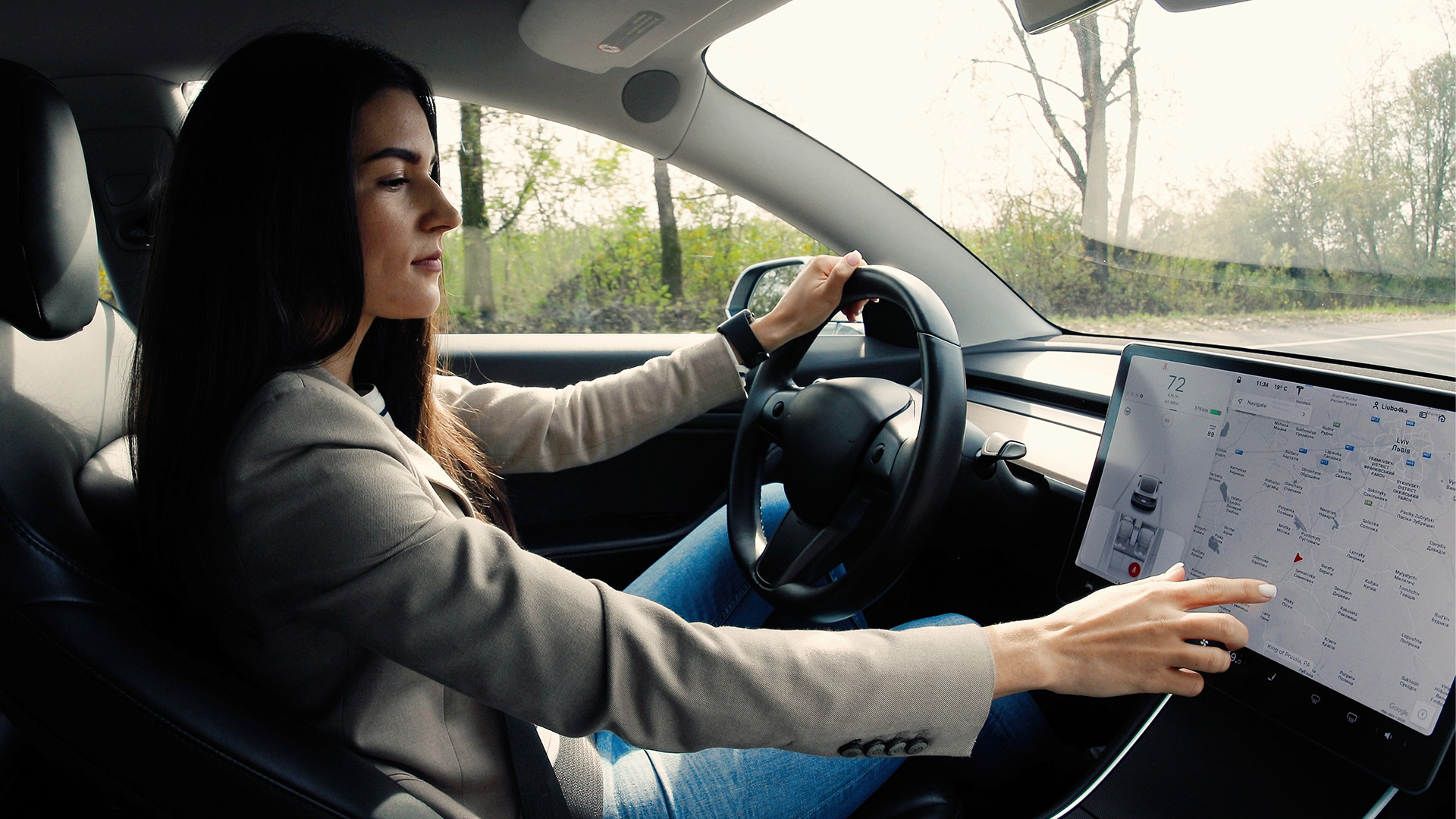
How DigiKey supports automotive technology
At DigiKey, we understand the importance of having the right products available to enable technology and innovation. We have a huge selection of automotive products, along with application details, articles and technical resources, allowing the smartest minds in the industry to move us forward.
With endless opportunities ahead, it is an exciting time to be in this space and help create a connected ecosystem and be part of the future of the automotive industry.
To learn more about the future of mobility, check out our Digital City series (season 3).
Matt Mielke is an applications engineer at DigiKey. DigiKey is recognized as a global leader and continuing innovator in the cutting-edge commercial distribution of electronic components and automation products worldwide, providing more than 17.2 million components from more than 2800 quality brand manufacturers.


